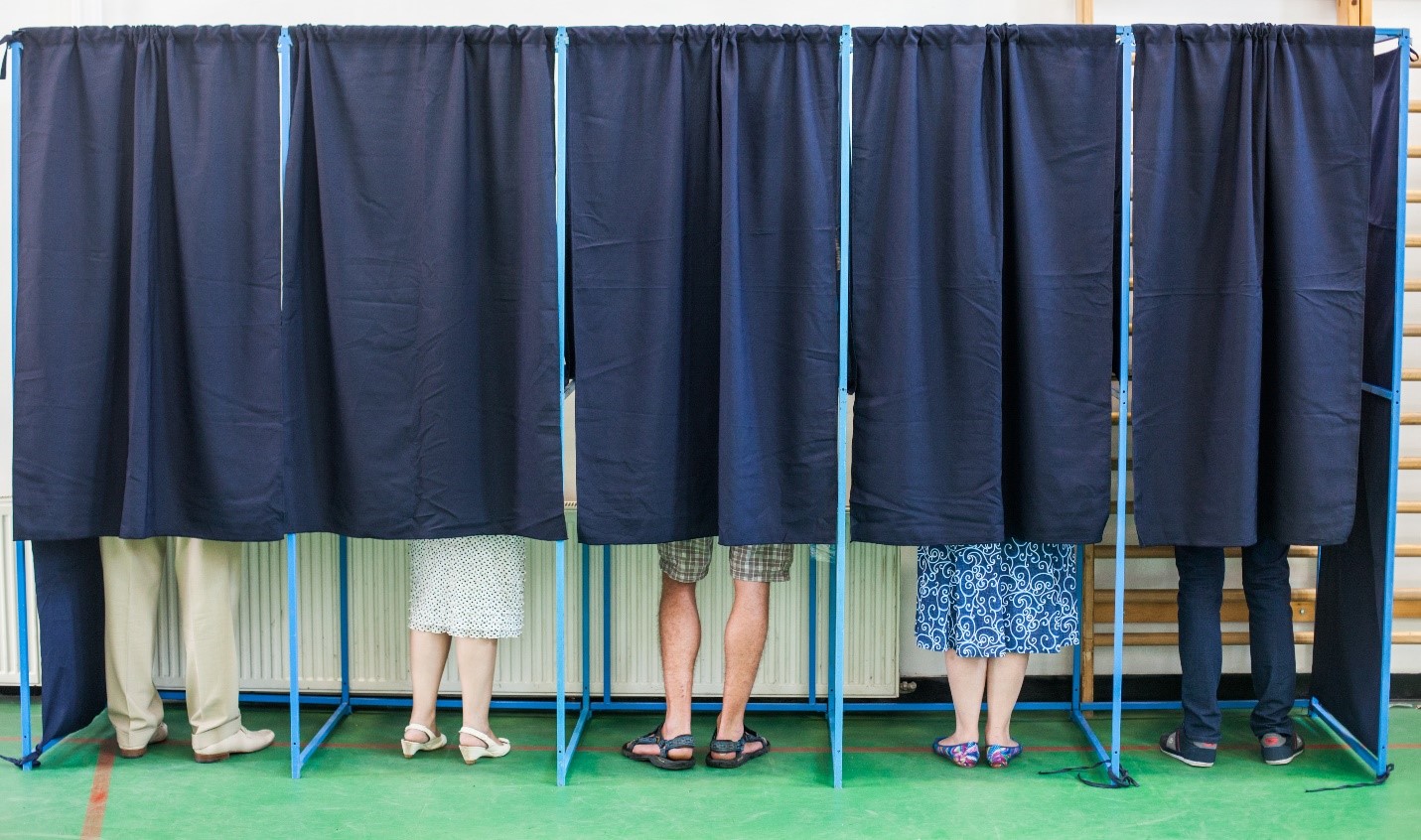ASA Endorses Post-Election Audits Principles
The American Statistical Association Board of Directors announces its endorsement of Principles and Best Practices for Post-Election Tabulation Audits.
The December 2018 document—which updates a 2008 document with the latest statistical research and best practices—“is
meant to provide guidance to relevant legislative bodies, state and local election administrators, and vendors ...” because a “healthy democracy requires widespread trust in elections … [and] people need to be sure that
the official election outcomes match the will of the voters,” according to the Introduction of the document.
The document, also endorsed by 12 other organizations, urges “well-designed and properly performed post-election tabulation audits” and provides nine principles for carrying them out, including the following:

Getty images
- The public should be able to monitor the process. Transparency is key to building trust in the electoral process.
- Use humans to inspect paper ballots. Voters can verify paper ballots, which are more immune to tampering than electronic systems.
- Implement appropriate statistical design. Audits should produce and scientifically assess evidence about tabulation accuracy while making efficient use of available resources. A risk-limiting audit (RLA) with a small risk limit assures a large chance
that an incorrect outcome will be detected and corrected.
- If an audit indicates a full hand count is necessary and that changes the winner, then the changed outcome should hold. Audits should do what they are intended to do.
The ASA Board of Directors endorsed risk-limiting audits in 2010, recommending they “be routinely conducted and reported in all federal,
most state-wide, and at least a sampling of other governmental election contests.” In essence, a risk-limiting audit trades the efficiency of checking a small number of ballots for an acceptable risk that the wrong outcome is not found.
“The idea is that you need to convince me that the outcome is right, so we're going to collect convincing evidence,” said ASA fellow and UC Berkeley statistics professor Philip Stark, who developed risk-limiting audits. “If that means
we have to look at every ballot, so be it. But as soon as we get to the point that it’s clear that a full hand count would give us the same winners that have been reported, we stop.”
The authors and the ASA hope these principles will reassure Americans of the security of the election process.
For more information, see this press release.